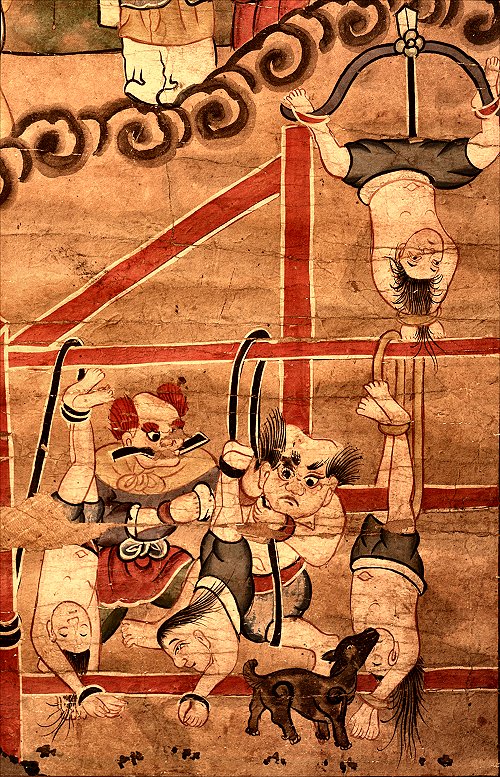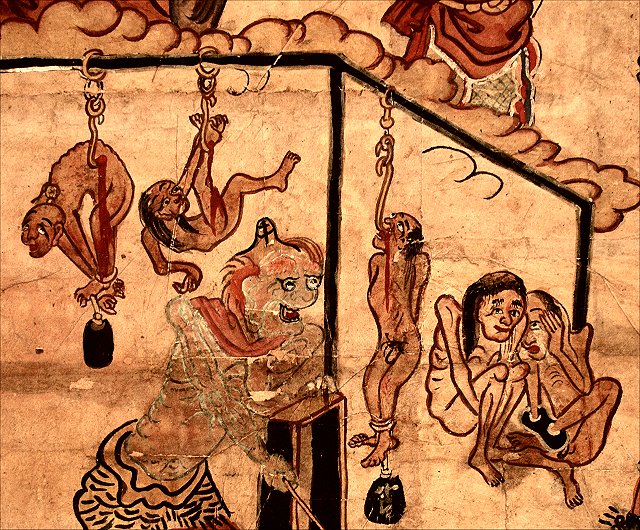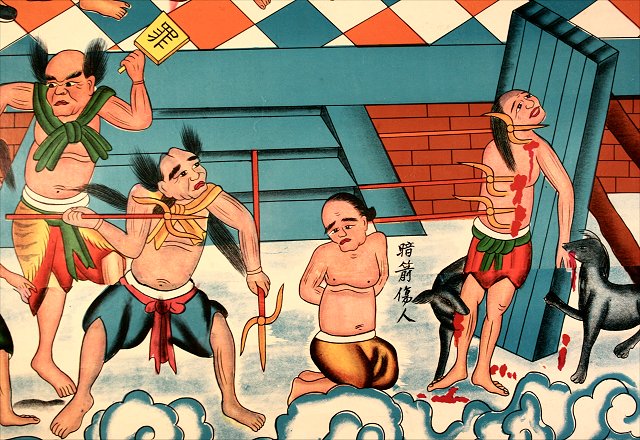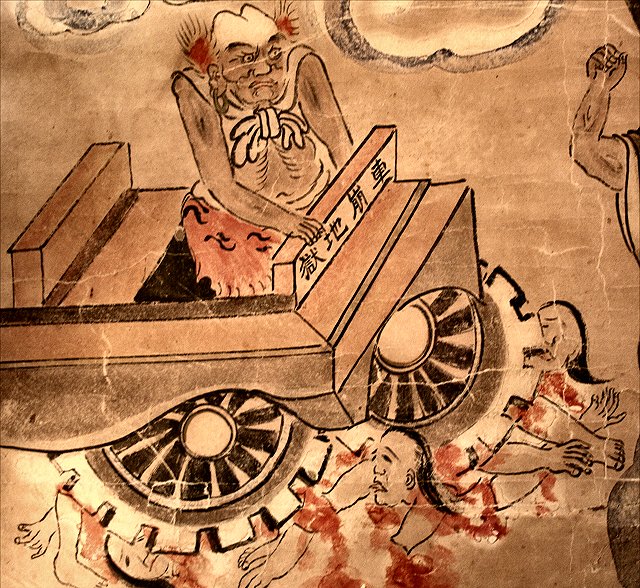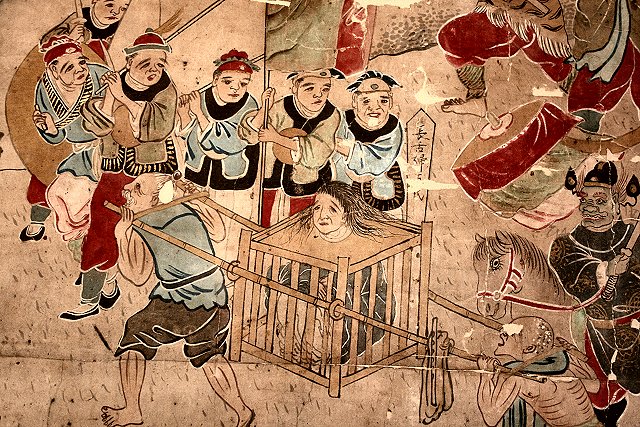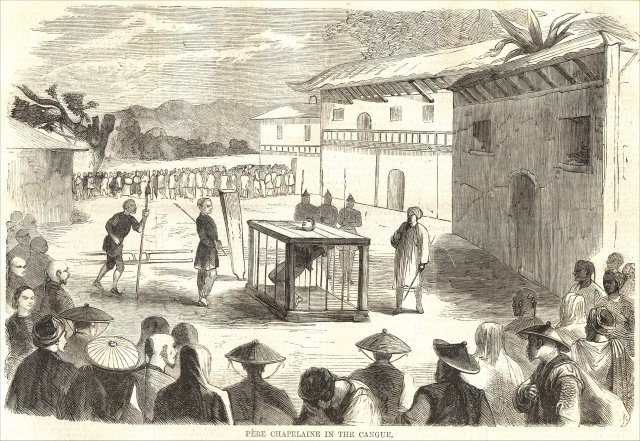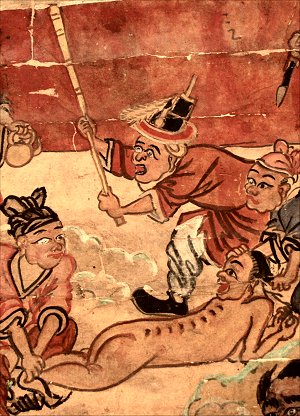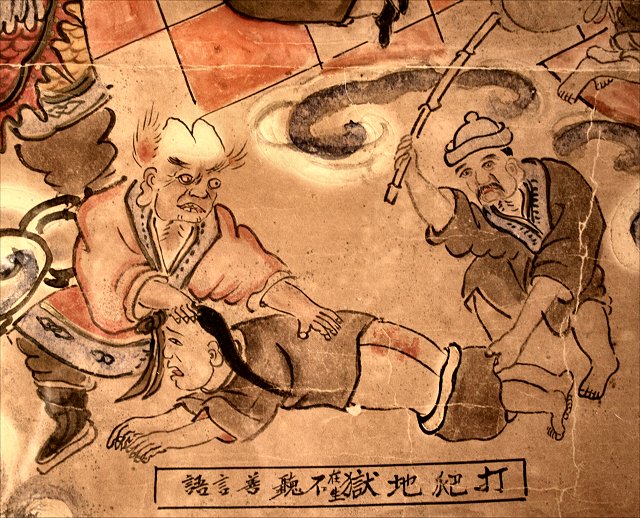
Most of hell's punishments either have their analogues in the medieval and late imperial courts or were creative uses for devices of daily life, especially farm equipment. As with other hell traditions, victims never totally succumb to their torture, a revitalizing wind resurrecting their bodies to ready them for more. But what was the pedagogical purpose of displaying such a morbid spectacle?
Christian Lange in his Justice, punishment and the medieval Muslim imagination offers a possible explanation for such horrific justice:
This, I submit, was a key function of the medieval Muslim imaginaire of hell: to put at the believers' disposition an arsenal of categories of thought. To borrow a much-used phrase of Levi-Strauss, depictions of punishments in hell were not merely useful in arousing extreme fear, or in reassuring a chilled audience with promises of future justice, but, rather, they were "good to think with." By offering a structured setting for the unsettling phenomenon of violence, descriptions of the tortures in hell helped people think about their everyday lives in a society over which hung ... the constant spectre of extreme punishment.
As the "imaginaire of hell" is by no means limited to Islam, the question for us is whether people in other cultures also had to grapple with how to think about violence.
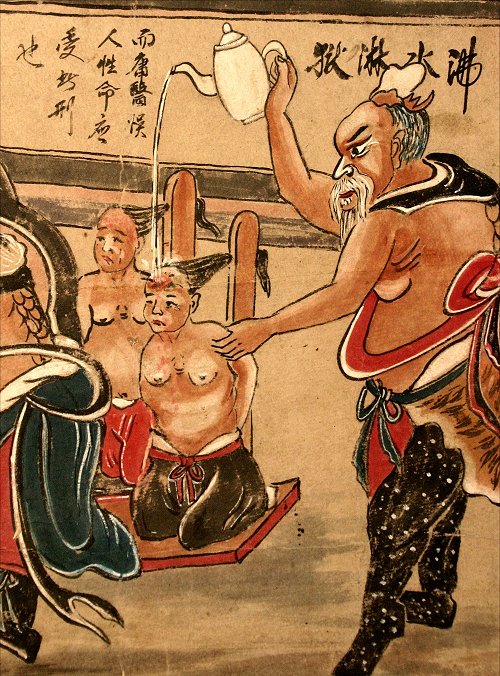
The torture of pouring boiling water on the head, from scroll L04.
